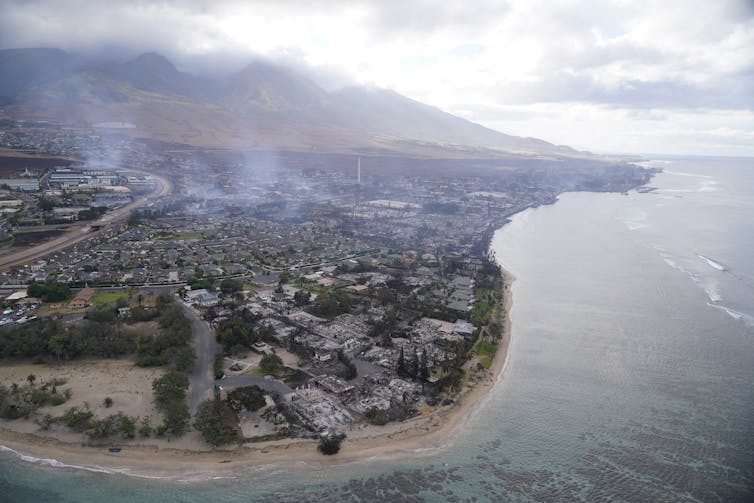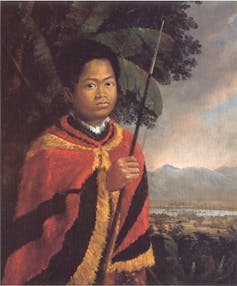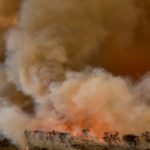Hawaiian sacred sites have been damaged in the wildfires

Native Hawaiians are devastated by the recent wildfires that swept through Lahaina, Maui, killing dozens of residents and destroying hundreds of homes, buildings, Christian churches and Buddhist temples.
It is not just the historic buildings and landmarks that are important to Native Hawaiians. This region of Maui has a longer history.
It has been revered by its Indigenous peoples as a sacred place for generations. In the 19th century, it served as the home and burial place of the Hawaiian royal family and became the first capital of the Hawaiian Kingdom. Carmen Lindsey, chairwoman of the Office of Hawaiian Affairs, said in a statement that “Lahaina holds some of the most historically significant cultural properties and highest-ranking sacred remains of our ancestors.”
As an Indigenous scholar who studies the environment and religion of Indigenous peoples, I am interested in how environmental change such as the catastrophic wildfire at Lahaina impacts sacred sites.
Ancient connections
Lahaina is revered by Native Hawaiians because it has long been the home of Kihawahine, a woman who transformed into a moʻo goddess, or a supernatural shapeshifting lizard in Hawaiian religion. Her primary home was in a fishpond at Mokuʻula, a small island in Lahaina that was considered a “piko,” or center of traditional religious and political activity. Native Hawaiian royalty lived nearby to be near Kihawahine and her supernatural power.
The history of the region is also connected to King Kamehameha. After Kamehameha, the “aliʻi ʻai moku” or lead chief of the Island of Hawaii, succeeded in unifying all the Hawaiian islands in 1810, he made Lahaina on Maui his royal residence.

He selected this place to be near Kihawahine, the guardian spirit of his wife Keōpūolani. He then venerated Kihawahine, which assured that his lineage would continue to serve as leaders.
In the ensuing years, Lahaina became the capital of the newly unified Kingdom of Hawaii under Kamehameha and his descendants’ rule. The capital remained in Lahaina until 1845, when King Kamehameha III relocated it to Honolulu, Oahu.
The earthly home of Kihawahine changed dramatically with the coming of American colonization and capitalism to the Island of Maui in the 19th century. Sugarcane companies diverted the waters that fed the fishpond and freshwater springs at Mokuʻula for irrigation, which caused the fishpond to dry up. Subsequently, the U.S. Territory of Hawaii filled what was left of the pond with soil in the early 20th century for a public park.
Efforts have been underway to restore Mokuʻula in Lahaina and revitalize its history as a Native Hawaiian sacred place. These efforts, however, will be dramatically impacted by the devastation of the Lahaina fire.
What does the future hold?
According to scientists, destructive wildfires like the one in Lahaina are becoming more common and more intense due to climate change.
Chairwoman Lindsey of the Office of Hawaiian Affairs also sees other influences. “The fires of today are in part due to the climate crisis, a history of colonialism in our islands, and the loss of our right to steward our ‘aina and wai’ [land and water],” she said.
The historic buildings and cultural properties of this place will be forever lost. That sense of loss is summed up in Lindsey’s words: “We have watched our precious cultural assets, our physical connection to our ancestors, our places of remembering — all go up in smoke.”
But the stories of Kihawahine and Hawaiian sacred places will live on.![]()
Rosalyn R. LaPier, Professor of History, University of Illinois at Urbana-Champaign
This article is republished from The Conversation under a Creative Commons license. Read the original article.


